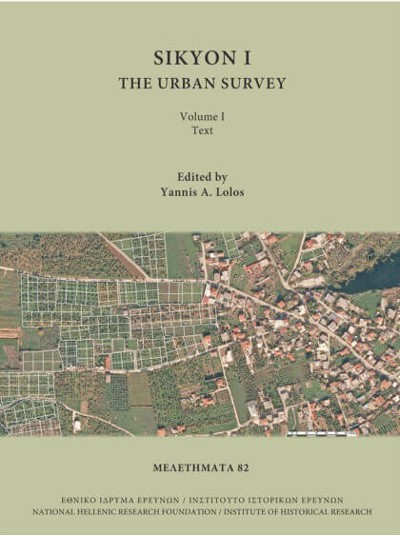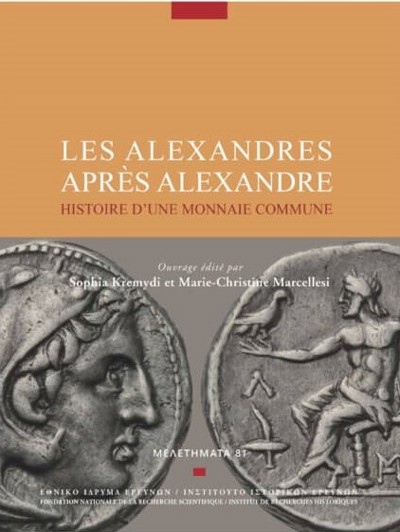
Cities and Governors
The rhetoric of inscribed letters and edicts in the Greek East (1st c. BCE - 3rd c. CE)
Christina Kokkinia
- Pages: approx. 430 p.
- Size:216 x 280 mm
- Language(s):English
- Publication Year:2025
Throughout the Roman Empire, but especially in its Greek-speaking provinces, local communities engaged in the remarkable practice of carving official letters and edicts from Roman governors into stone, displaying them permanently in a public setting. While administrative correspondence was written on perishable materials, certain documents were selected to be monumentalized in this way, becoming part of the civic landscape. What motivated cities to expend considerable resources creating these permanent records? Why were some administrative documents chosen while others were not?
The book presents the first comprehensive collection and analysis of these inscribed governmental acts, comprising case studies and a catalog of over 120 documents across 68 entries, including new translations and several new readings. Through analysis of texts dating from the first century BCE to the third century CE, Kokkinia demonstrates that local notables deliberately selected and monumentalized documents that presented governors as partners rather than autocrats. She reveals how civic elites strategically placed these inscriptions in public view to display this collaborative model of governance permanently, and to craft an ideological framework positioning themselves as co-administrators of the Empire alongside Roman officials.
Drawing on epigraphic evidence from across the eastern provinces, this volume transforms our understanding of how provincial elites actively shaped the ideology of Roman rule. It offers new insights into the negotiation of power between center and periphery, the role of inscriptions as tools for shaping broader political discourse, and the development of Greco-Roman political identity in the eastern Mediterranean.
Preface
PART I
1. Introduction: Elite groups and Augustus’ birthday in Asia
2. A state religion: Inscribed communications and ‘imperial theology’
3. Governors’ letters in stone: Why were mundane acts eternalized?
4. First among (un)equals: leading vs. governing
5. “Masterpieces of Ambiguity” or how to deal with “free” cities
6. Provincial infrastructure
7. The rhetoric of friendship at Ephesos: Vibius Salutaris, the governor, and his legate
Appendix I: The governors’ edicts on the temple at Hibis
PART II
A catalogue of governors’ letters and edicts preserved on stone (1st century BCE – 3rd century CE)
Introduction and list
1st century BCE (nos 1-8)
1st century CE (nos 9-28)
2nd century CE (nos 29-55)
3rd century CE (nos 56-66)
Appendix II: Documents from the Latin-speaking provinces
References
Indices
Plates




